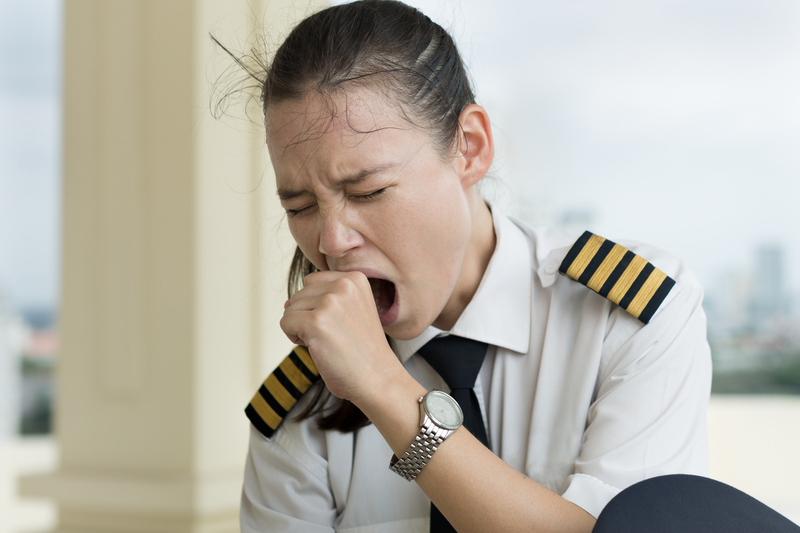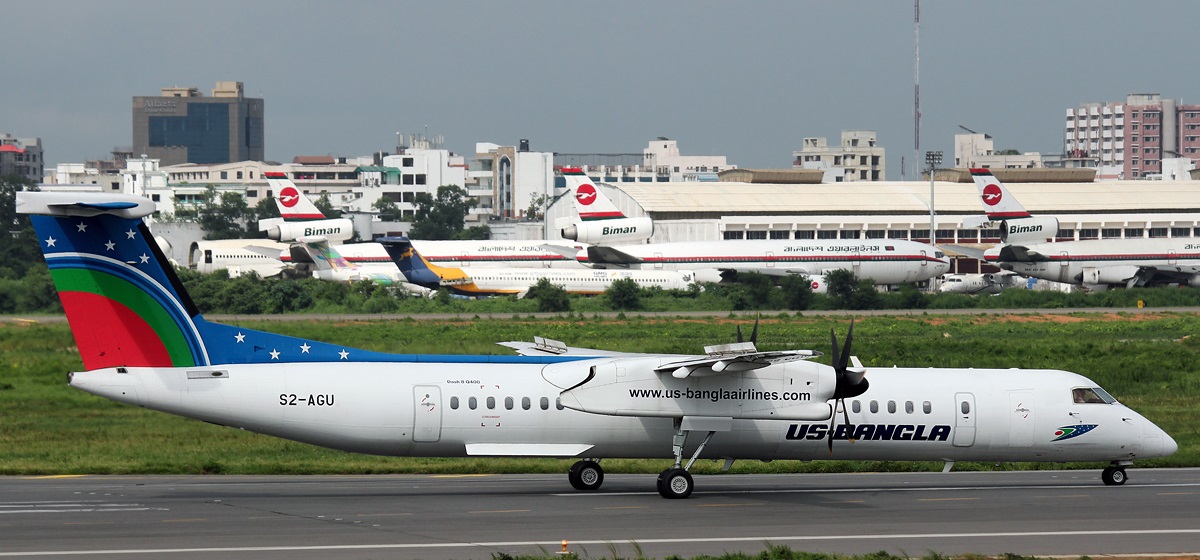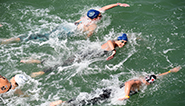Take a look at these two case studies:
As discussed in the previous articles, the job of a pilot requires a great deal of responsibility for ensuring the overall flight safety of the passengers, crew, and the aircraft itself. This means that they must be physically and mentally ‘fit to fly’ and is often a responsibility that is left to the decision of the pilot. An acronym IM SAFE is a tool to assist pilots in identifying whether they are physically and mentally fit to fly.
This includes decisions based around one’s physical health. This can include declaring any medication, recognising stress (e.g., life events or accumulative daily hassles) which may impact a pilot’s performance, alcohol limits (20mg of alcohol/100ml blood), a no drugs policy, mental and physical fatigue levels (well rested), emotions and eating (good nutrition).
Therefore, pilots must only fly when ‘fit to fly’. It is important to learn to say “No”, before aeromedical examiners, employers or fellow pilots say, “You do not look ‘fit to fly’. “I will not fly with you” or “I will not let you fly that fatigued.” Nonetheless, research suggests that high numbers of professional pilots may be severely fatigued and still flying (Venus, 2020). As we can see from the case studies, there can be complex, personal, professional, and commercial reasons pressuring pilots to fly while feeling fatigued.
What is Fatigue?
Fatigue is both mental and physical which can be brought on by performing a demanding activity. It is linked to concentration, sleepiness, and vitality. It is not just about ‘tiredness’; you might not feel like sleeping but this doesn’t mean you have the energy to complete daily or complex tasks (Fulghum Bruce, 2023). ICAO defines fatigue as:
“A physiological state of reduced mental or physical performance capability resulting from sleep loss, extended wakefulness, circadian phase, and/or workload (mental and/or physical activity) that can impair a person’s alertness and ability to adequately perform safety-related operational duties” (ICAO, 2013).
Regulation (EC) No 216/7(f): No crew member must allow their task achievement/decision making to deteriorate to the extent that flight safety is endangered because of the effects of fatigue, inter alia, fatigue accumulation, sleep deprivation, number of sectors flown, night duties or time zone changes. Rest periods must provide sufficient time to enable crew members to overcome the effects of the previous duties and to be well rested by the start of the following flight duty period.
Types of Fatigue
There are three types of fatigue:
- TRANSIENT fatigue is acute fatigue brought on by extreme sleep restriction or extended hours awake within 1 or 2 days.
- CUMULATIVE fatigue is fatigue brought on by repeated mild sleep restriction or extended hours awake across a series of days.
- CIRCADIAN fatigue refers to the reduced performance during night time hours, particularly during an individual’s “window of circadian low” (WOCL). The period called the Window of Circadian Low (WOCL) is when someone is operating between 4am – 6am where alertness is at its poorest and body temperature at the lowest. Night duties typically disrupt biological rhythms where it is more difficult to stay alert. Bodies need both rest and sleep. Napping can help reduce sleep debt but should not be used regularly to replace normal sleeping behaviour (Eurocontrol, 2018).
Fatigue usually results in impaired standards of operation with increased likeliness of error including reduced reaction time, reduced attentiveness, impaired memory, and withdrawn mood. Fatigue may manifest itself for a pilot through inaccurate flying, missed radio calls, symptoms of equipment malfunctions being missed, routine tasks being performed inaccurately or even forgotten. In extreme cases, communication is reduced, short-term memory can be impaired and falling asleep - either a short "micro-sleep" or for a longer period - can result in poor decision making (Staff Reporter, 2018; Eurocontrol, 2018).
Sleep
Research demonstrates that the accumulation of "sleep debt", e.g., having an hour less of sleep for several consecutive days, needs a series of days with more than-usual sleep for a person to fully recover from cumulative fatigue.
Flight Time Limitations (FTLs)
Commercial pilots adhere to FTL (CAP371). Whilst FTL schemes can be restrictive, schemes do not prevent pilots from becoming tired. FTL schemes only consider the time element of duty and the number of sections flown. No adjustments are made for ambient weather conditions, types of approaches made, or other stressors (e.g., technical issues) which can add to the amount of fatigue experienced by flight crew during flight. Disrupted sleep patterns over the longer-term lead to poor health outcomes and performance can deteriorate.
Ask yourself if you are fit to fly? For example, am I yawning, blinking excessively, making simple errors, and/or forgetting things?
Mental Wellbeing
Mental wellbeing is essential to the safe operation and performance of a pilot. There are many mental health conditions, such as grief, depression, anxiety and panic disorders that are common. These can develop and become exacerbated with chronic fatigue, burnout, and unresolved stress. CAA data shows that only 1% of pilots who reported mental health issues went on to lose their license for good.
Cullen (2020): 5669.pdf (skybrary.aero)
Identifying Mental Health
Five significant warning signs of mental health risk. A pilot may exhibit one or more of the following symptoms (SkyBrary).
- A change in personality, acting like a different person, not acting or feeling like self
- Uncharacteristic behaviour, heightened open displays of anxiety, anger or moodiness
- Social withdrawal, always doing things on their own, becoming isolated
- Lack of self-care or a tendency to display risky behaviours in public
- A sense of hopelessness or feeling overwhelmed
An individual who displays more than one could lead the observer to suspect that the pilot may be at risk of deteriorating mental health (SkyBrary).
- Emotional – Pilots who are struggling with their mental health may seem irritable and sensitive to criticism, they may demonstrate an uncharacteristic loss of confidence, or seem to lose their sense of humour.
- Cognitive – A pilot may make more mistakes than usual, have problems making decisions, or not be able to concentrate. They may display a sudden and unexplained degradation in performance, both on and off the flight deck.
- Behavioural – This could include things like arriving late, not taking rest breaks, taking unofficial time off, not joining in flight deck banter, becoming more introverted or extroverted and generally acting out of character.
- Physical – Pilots who are stressed sometimes exhibit physical symptoms such as a constant cold, being tired at work, looking like they haven’t tried with their appearance, or rapid weight loss or gain.
Early detection suggests there are some effective treatment strategies (SkyBrary). If you are concerned about your mental wellbeing, then complete the:
- Hassles and Uplifts Scale (HUS)
- and/or Social Readjustment rating scale (SRRS)
- and reach out to the Peer Support Program.
- Tips and tools for fatigue and sleep management (P.37)





Rate and Review
Rate this article
Review this article
Log into OpenLearn to leave reviews and join in the conversation.
Article reviews